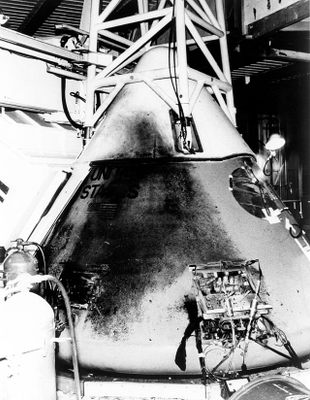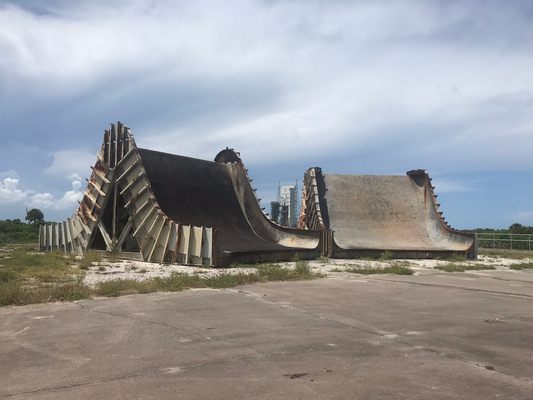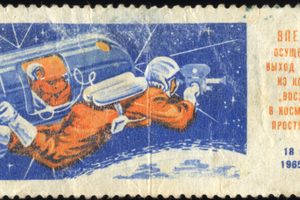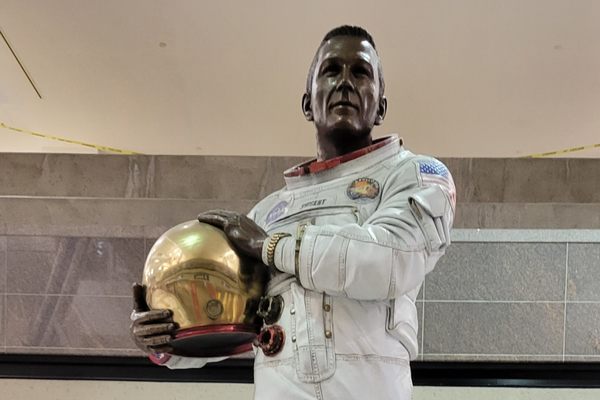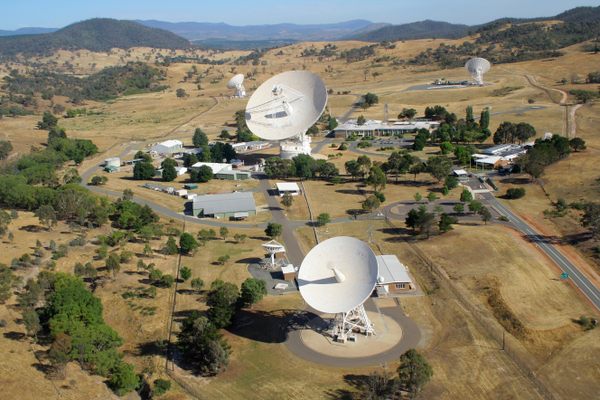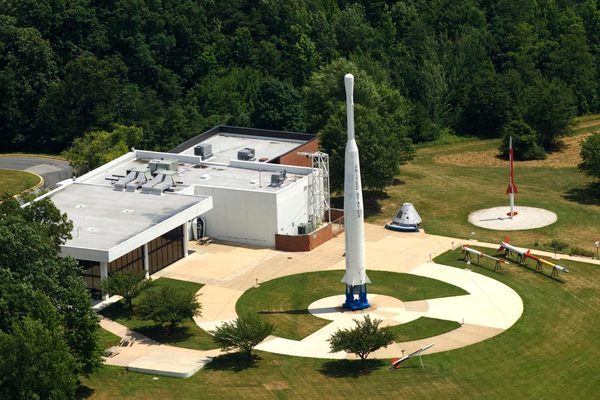About
What was once a hotbed for NASA rocket departures, Launch Complex 34 (LC-34) in Cape Canaveral, Florida is now abandoned and dedicated to preserving the memory of the three astronauts who perished in a fire at the site in 1967.
While a number of rockets were fired into outer space from LC-34 it was the tragedy of the Apollo I project, (the first manned rocket in the series), that secured the location's place in history. Despite a number of concerns over the amount of flammable material contained within the cockpit of the Apollo I command module, among other design flaws, the conical spacecraft went through a rehearsal launch in January of 1967. During the exercise a small cabin fire ignited which led to a deadly chain of events, leaving all three astronauts (Command Pilot Virgil I. "Gus" Grissom, Senior Pilot Edward H. White II and Pilot Roger B. Chaffee) in the cabin dead. The fire reacted with the pressurized oxygen and other gasses in the chamber and with 16 seconds it had turned the air inside lethal, and quickly melted the astronauts' suits and hoses, exposing them to the unbreathable atmosphere before they could open the door.
The facility stayed in use for another year but was finally retired in 1968. Many of the large structures were dismantled, but the main rocket cradle, as well as a couple of ramped fire guards. The large cement cradle sits in the middle of the launch pad and is now the official memorial to the brave astronauts who perished there, with a commemorative plaque that tells their tale. Visitors are welcome to see the site and remember an important, if tragic, bump on our road to the stars. Cape Canaveral Space Force Station is a working military facility, so visiting LC-34 and the surrounding grounds is only permitted by certified tours. The Sands Space History Center is located just outside the gate and is open to the public for free.
Related Tags
Community Contributors
Added By
Published
July 1, 2013






